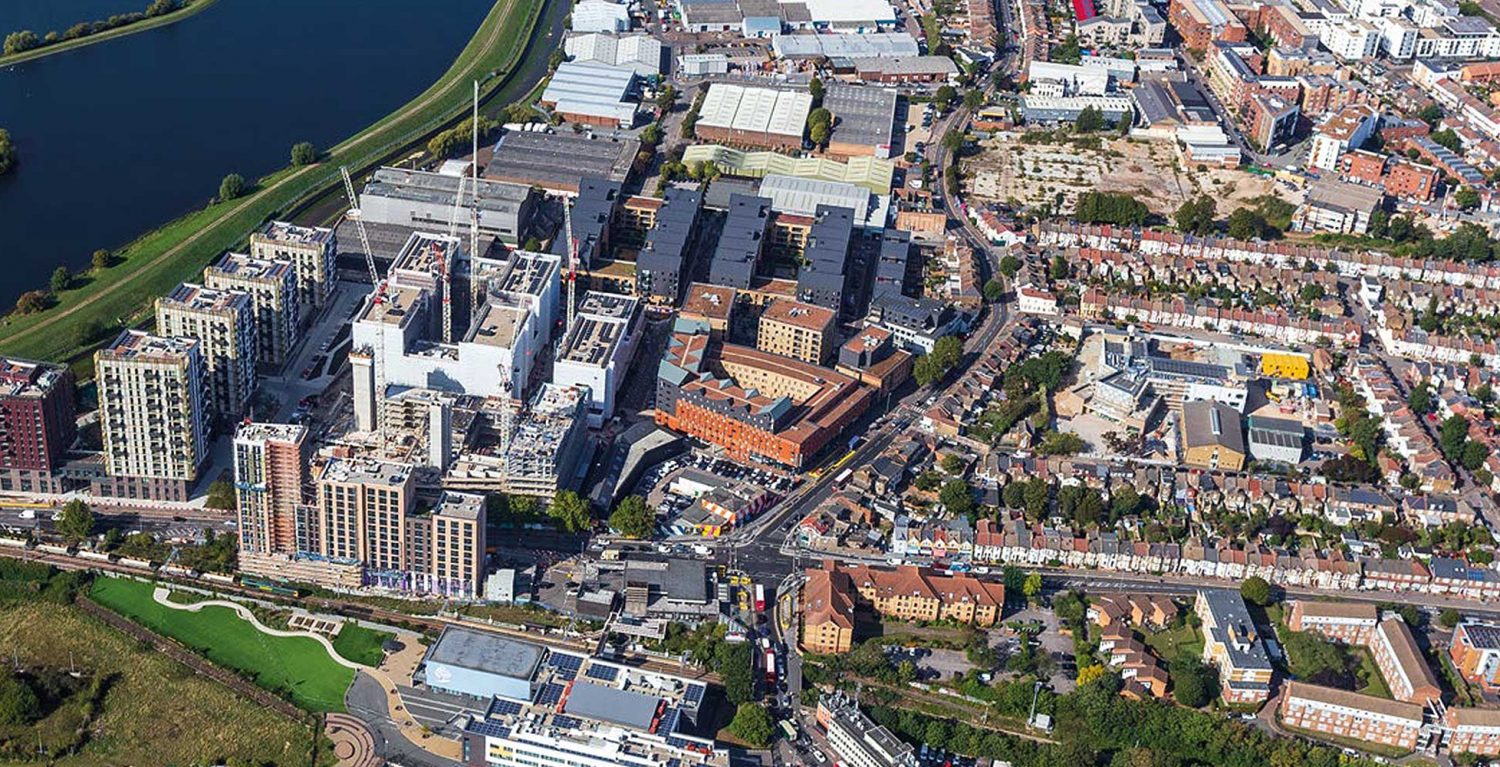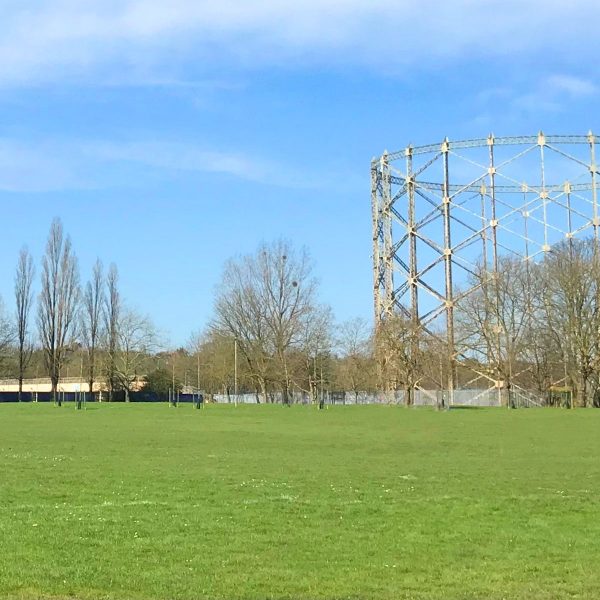Client
Main contractor
Sector
Residential
Project Type
Remediation
Products Used
Tankering, Jetting, Parts
Onsite Duration
5 days
Location
East London
INTRODUCTIONWe were asked to attend a high-level alarm at a foul water pumping station at a new residential development in East London. We had previously installed this station, a 2.4m diameter by 4m deep MagnaPro, for the client – the development’s main contractor. Following our installation, a 2m biscuit was installed over the chamber making its total depth 6m from ground level. It accepts waste from four blocks totalling 160 residential units. Under normal conditions it discharges to the main sewer, but if there is a fault in the pumping station the chamber overflows by gravity to an adjacent GRP attenuation tank. Due to the 24-hour storage required for a site of this size, this attenuation chamber is 4.4m diameter by 7.7m long. This was installed by a third-party supplier. Discharge from the attenuation chamber is controlled by a butterfly gate valve, which can be opened to allow its contents to flow under gravity back into the pumping station once the latter is operational. METHODAt the first attendance we found the pump chamber at high level and both pumps tripped. Power was restored to the pumps, but only a small volume of water was removed. Pump 1 was raised and inspected to find no blockages. Pump 2 could not be raised. We tankered the chamber to allow a confined entry inspection. This revealed approximately 500mm of construction debris (mostly small stones) along with a large quantity of wipes in the base of the chamber. Both non-return valves were found to be blocked by this debris. This was cleared and the NRVs were returned to operation. The attenuation chamber was also contained a large volume of construction debris and wipes. We attended site on two separate days to clear both chambers of debris and jet the lines between them. A second tanker was deployed to intercept the incoming waste from the development. We tankered 40,000 gallons of waste from the chambers before removing the last of the construction debris by hand. Once a closer inspection of the pumps was possible, we discovered that their impellors had been damaged by the construction debris. This impaired the performance of the pumps, allowing wipes to accumulate and making future blockages more likely. We advised the client that the impellors should be replaced. We also discovered the butterfly gate valve that should prevent the waste from the attenuation chamber from flowing back into the pumping station was incorrectly installed (by others). This created a loop of constantly recirculating waste, explaining the accumulation of debris in the attenuation chamber. The faulty butterfly valve will be rectified by the developer. Two weeks later we were called to the site for another high-level alarm. The pumps were blocked by wipes. At this point the client accepted that the pump impellors would need to be replaced to prevent future emergency callouts. We returned to site with tanker support and replaced the impellors. Subsequent planned preventative maintenance visits have shown no further problems. RESOLUTIONSince we completed our works there have been no further emergency callouts. We have updated our service agreement with the developer to include monthly pump service visits and tanker visits every two months to empty and clean both chambers. We have been asked by the property owner to continue this service agreement once the developer hands to the site over to them in Q4 2022. At the request of the developer, we created leaflets for the residents explaining the problems caused by flushing wipes and other products. These were distributed on two separate occasions. 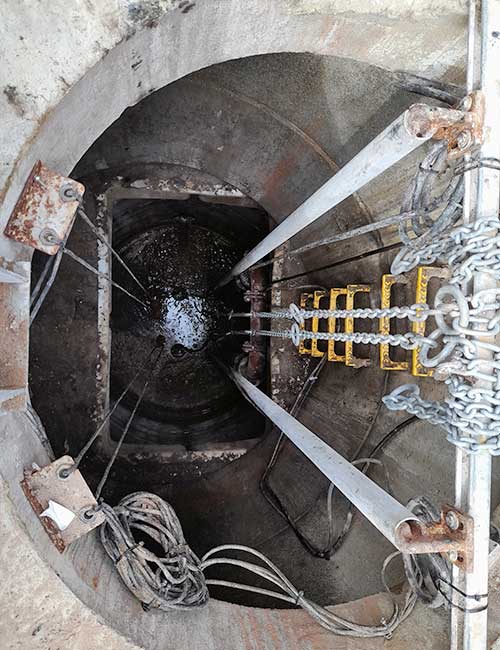
The foul station showing the depth of the concrete biscuit.
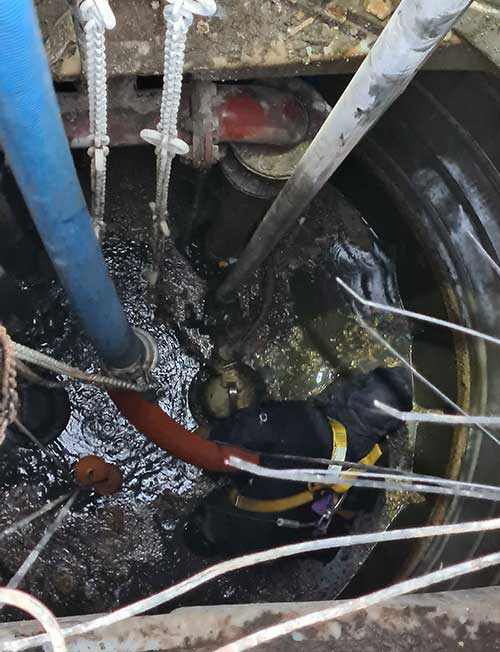
Confined entry to remove the construction debris by hand.
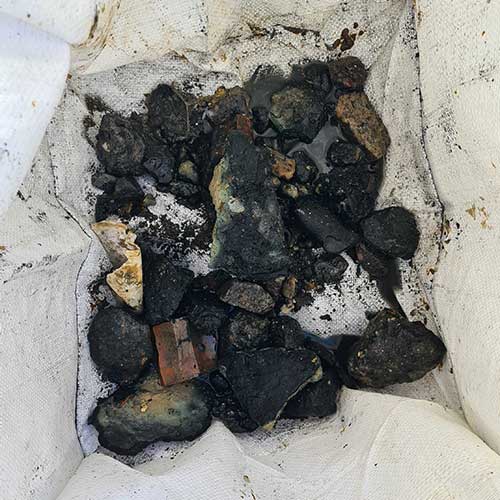
An example of the debris found in both chambers.
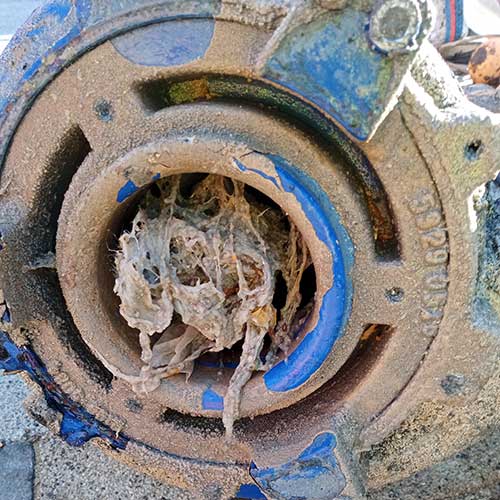
A pump blocked by wipes.
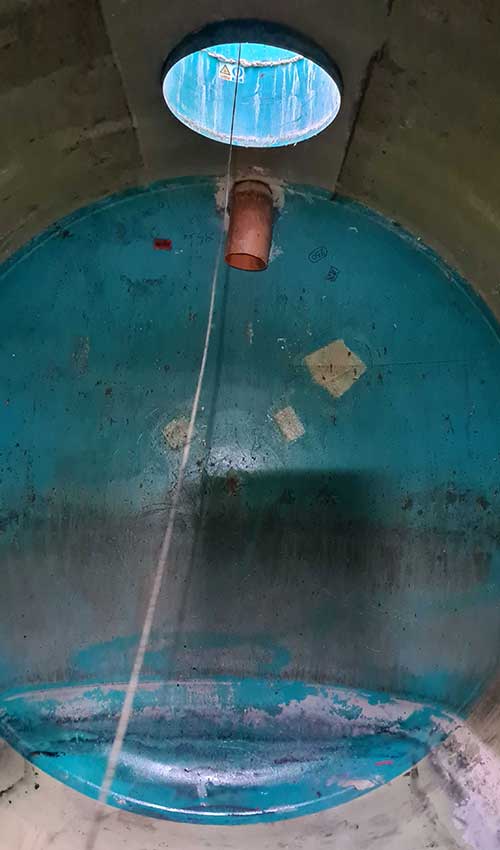
The 4.4m diameter x 7.7m long attenuation chamber with 225mm inlet.
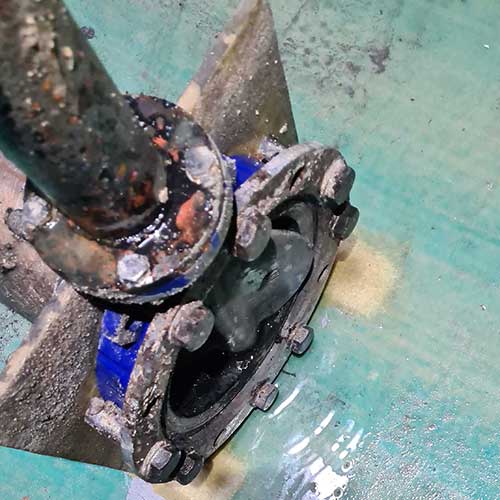
The faulty butterfly valve which caused the waste to recirculate.
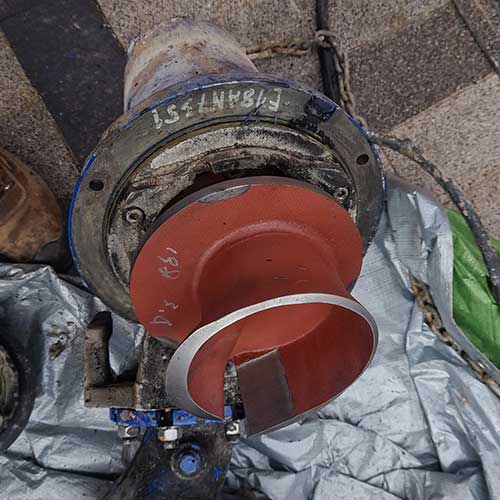
The damaged impellors were replaced on site.
|
|

